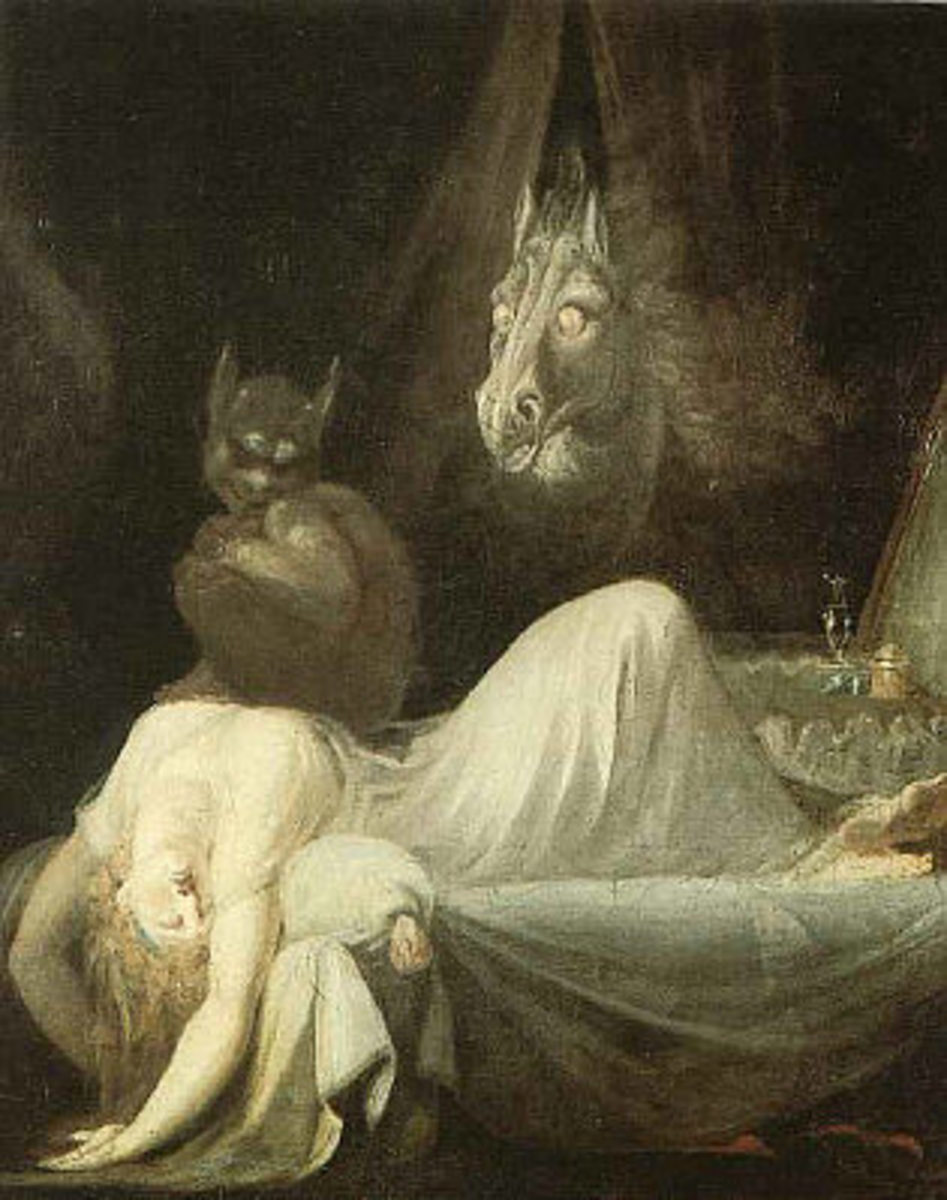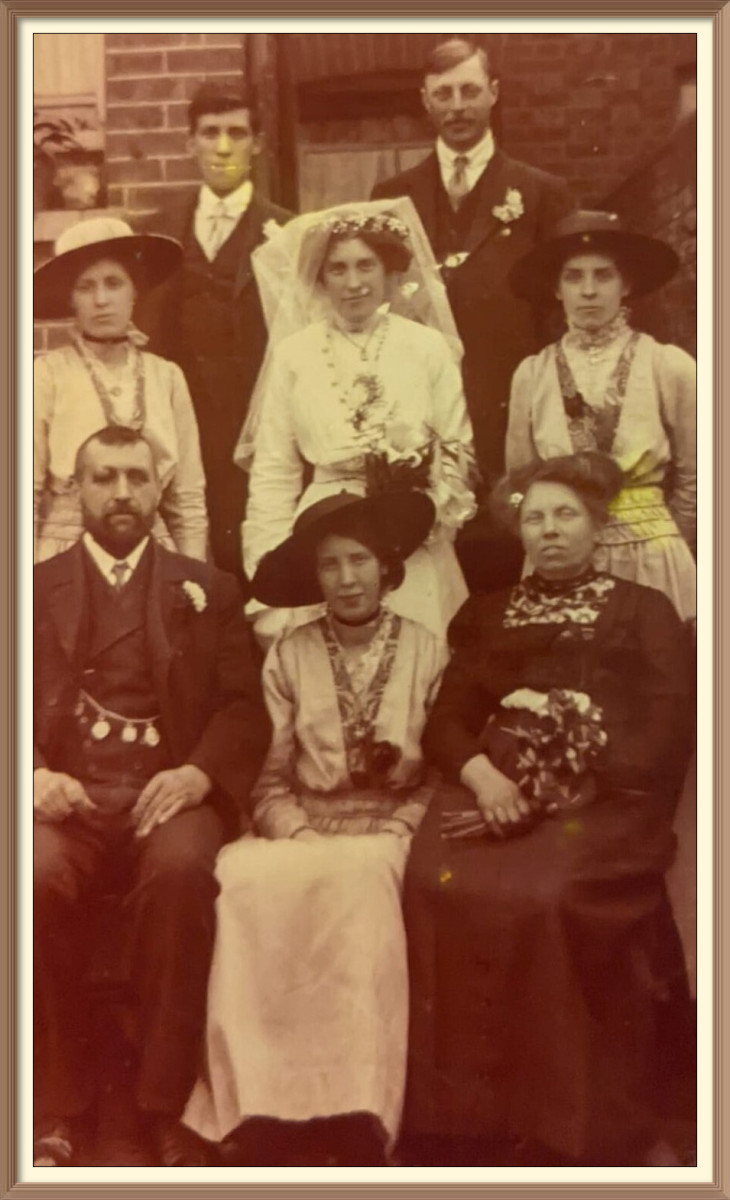How to Prevent Children from Having Nightmares

Sleep Problems
Most people experience some sort of sleep problems during their lives. I have, and chances are that you have, too. Some of the most common sleep problems include insomnia and interrupted sleep. Sometimes it seems like you toss and turn forever before you finally drift off into slumber, or maybe you fall asleep fairly quickly, but then you wake up several times during the night. A fairly common problem with those who work swing shifts is that they might get their normal sleep time disrupted. These types of problems are called situational circadian rhythm sleep disorders, and they include jet lag as well as shift work sleep disorders. Some people might have to get up several times during the night to go to the bathroom, which is referred to as nocturia. When I was a child, I suffered from bruxism – the grinding of the teeth during sleep. My husband has restless leg syndrome, and his “antsy” limbs often wake him up in the middle of a deep sleep. Some sleep disorders are pretty bizarre, too. For example, have you ever heard of rapid eye movement behavior disorder? With REM sleep disorders, the person exhibits violent behavior during the REM period. These folk can actually harm themselves and/or their bedfellow – while they’re asleep. And, of course, there’s sleepwalking, which can be pretty scary and dangerous. Even scarier are vivid nightmares and night terrors, and I’ve had experience with both.
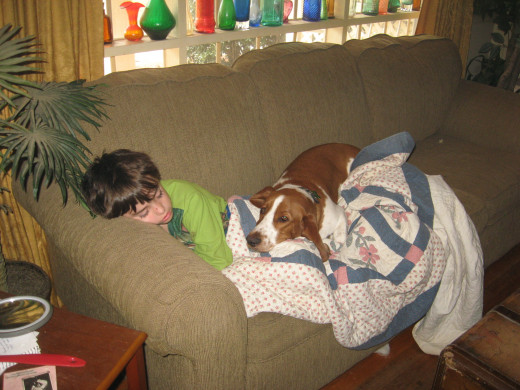
Sleep Problems In Children
Many of the sleep disorders seen in adults are also experienced as sleep problems in children. As I’ve already mentioned, I used to grind my teeth in my sleep as a child. My youngest daughter snored and sometimes had difficulty breathing when she was asleep, due to a cleft palate. Once that was corrected by surgery, the snoring and breathing problems ended. Some kids also suffer from somnambulism, a big work for sleepwalking. My best friend’s son used to sleepwalk when he was a kid, and my pal said it was very unsettling.
Many kids also have trouble falling asleep. I know mine did. In their case, though, I don’t think it was so much a case of not being able to fall asleep as it was not wanting to fall asleep. I think they were afraid they were going to miss something. My grandchildren are often the same way, as are most of their friends. Kids need their sleep! Children who don’t get at least nine hours of sleep a night, on average, can suffer consequences. These might include trouble concentrating, moodiness, behavioral problems, and learning difficulties. Lack of sleep can also cause slower reflects, which can result in accidents that might have otherwise been avoided.
Other sleep problems in children that can be serious include nightmares and night terrors. I’m sure just about everyone, including kids, has had nightmares from time to time. They can be truly terrifying, and the effects can sometimes linger for days. Even worse are night terrors.
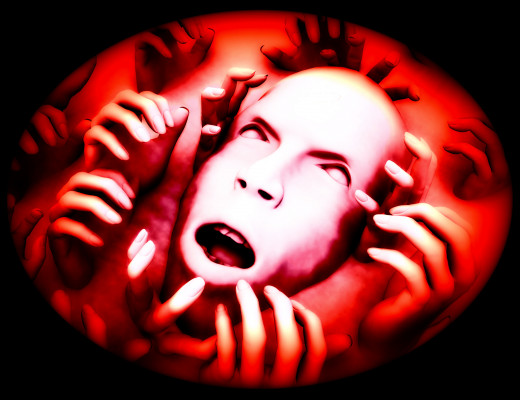
Nightmares In Children
Frequent nightmares in children should be taken seriously, but they’re usually not something to be overly concerned with. Children are often more easily upset than adults are, and they might have more trouble distinguishing between dreamscapes and reality. Even as an adult, I’ve had some nightmares that were so vivid, they haunted me for days. In fact, one still does, even though I had the graphic dream several years ago. I can only imagine how such a dream would affect a child.
Whenever your child has a nightmare, encourage him to talk about it with you. Sometimes discussing a problem and getting it out in the open is a good and effective remedy. The child’s fears might be totally ungrounded, but don’t belittle his fear or make light of it in any way. Obviously, the fear was very real to him during the dream, and that should be important to you as a parent.
Causes of Nightmares:
What Causes Nightmares
Doctors and scientists aren’t always sure what causes nightmares, but they have been able to identify some of the major culprits. Causes of nightmares are often associated with stress. And yes, kids can be under stress. Constant worrying over a problem can spill over into sleep, potentially causing nightmares. Illness and injuries are causes of nightmares, too. This isn’t just true for kids, either. Sometimes my back hurts so much in my sleep that I dream someone is stabbing me. One night I dreamed that a train ran over my lower back. Drugs can cause bad dreams, too.
Nightmares in children can also be due in part to the power of suggestion. When children watch scary movies, hear scary stories, or see violent or scary images, the scenes can reappear during REM sleep, when human brains are the most active. If the child wakes up during or right after having a nightmare, the dream is likely to be remembered – in stark detail.
A kid’s having a bad dream every once in a while is nothing for parents to be alarmed about. Oftentimes, just a little comforting and reassurance are all that are needed to get the child back to sleep.
Night Terrors on video:
Night Terrors
Night terrors are different than nightmares, even though some people get the terms confused. How are they different? For one thing, they occur at different times of the sleep pattern. Nightmares most often occur during one of the REM stages, and they usually appear during one of the latter REM stages, shortly before awakening. That’s one reason nightmares are often easily recalled. Night terrors, on the other hand, usually occur during non-REM sleep near the beginning of the sleep period, or in the transition from one sleep stage to another.
Night terrors are not the result of nightmares or bad dreams. They’re more like a sudden panic attack that happens during sleep. The person might suddenly sit up in bed, thrash their limbs, and/or scream. The individual might appear to be awake, but he’s not fully awake. If you try to talk to the person, he might not understand what you’re saying. In most cases, a person who has experienced a night terror will have no idea why he’s so afraid, and many times, he will have little or no memory of the event.
Video of a child experiencing a night terror:
Night Terrors In Children
For parents, night terrors are usually a lot scarier than nightmares are. With a nightmare, kids know what scared them, in most cases. Since they can probably recall much of the bad dreams, you can talk with them about the experience. If they’re old enough to understand, they’ll see that the events in the dream aren’t real and that they’re safe.
Night terrors in children are difficult for parents to witness. The affected child might scream, sweat, and strike out at an invisible foe. The child’s heart rate and breathing might be increased, too. The parents aren’t usually able to console the child, so the comforting the parents attempt is in vain. In fact, most doctors state that it’s best not to try to wake a child who’s having a night terror. Just watch them carefully to ensure that don’t harm themselves. Usually, after a short period, the effects of the night terror will end and the child will be able to go back to sleep. The next day, there’s a very good chance that the child won’t remember anything at all about the events of the previous night.
Night terrors are more common in children than in adults, and they’re most often experienced between the ages of four and twelve. Kids who have night terrors usually outgrow them by the time they become teenagers. Doctors speculate that as many as six percent of all children will have a night terror at some point.
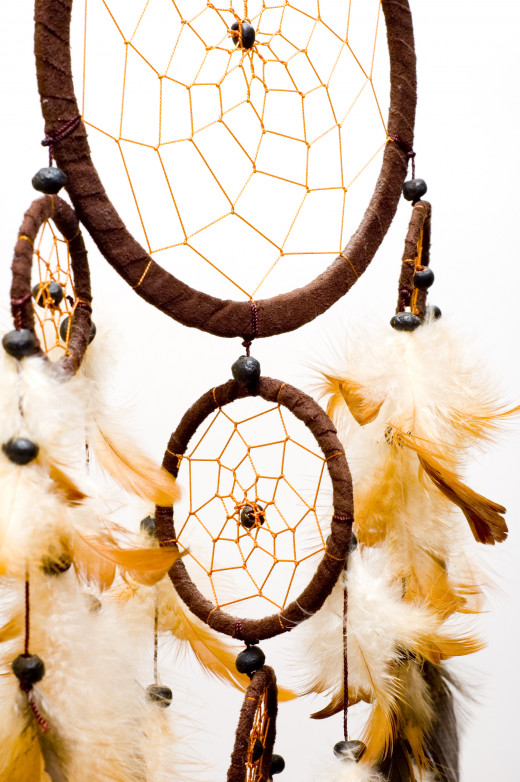
How To Prevent Nightmares
There’s no surefire way of how to prevent children from having nightmares, or for how to prevent nightmares in adults, for that matter. Parents can, however, reduce the possibility. It’s best to avoid scary or disturbing scenarios just before bedtime. This includes movies, television shows, images, stories, and even songs. Put the child to bed on a happy note, like with a funny or uplifting story that has a happy ending.
Some kids take great comfort in a “security blanket.” This might be in the form of an actual blanket, or it could be a doll, a stuffed animal, or a pet. When my grandkids sleep over at my house, they always want to sleep with one of my Great Danes. They say it makes them feel safe because they have a personal guard dog.
Of course, many children are afraid of the dark, so that needs to be addressed, too. Try using a night light or a bedside lamp that has a low light setting. Assure the child that you’ll be nearby in case he needs you. Also, since nightmares can be caused by stress, it’s important to talk to your kids one-on-one on a regular basis. When this is done in private, a worried child might open up to you, enabling him to share his fears or concerns.
Some pediatricians also believe that eating late night snacks can contribute to nightmares. They reason that eating increases the metabolism, and that an increased metabolism means more activity in the brain, which could lead to an increased likelihood of bad dreams. For obvious reasons, stimulants like caffeine should also be avoided.
If you’ve tried all of these cures for nightmares, you might want to try the power of suggestion. Most kids are pretty open to that, so you can use it to your advantage. When my oldest grandson, Jonathan, was having nightmares every night, my daughter used the power of suggestion to stop the bad dreams. The family had just moved into a new home, and just across the dirt road from their house was an old farmhouse that sat empty. Jonathan kept having nightmares about the house and its ghostly inhabitants. His mom, Melissa, purchased a dream catcher. She told Jonathan it was a powerful charm that trapped bad dreams before they could happen. After explaining the purpose of the dream catcher to Jonathan, she hung it over the head of his bed. Apparently, Jonathan bought into this – he never had any more nightmares. If nightmares, night terrors, or other sleep problems continue, even after your best efforts, and if they’re disrupting sleep enough to cause problems, seek the advice of a physician.

